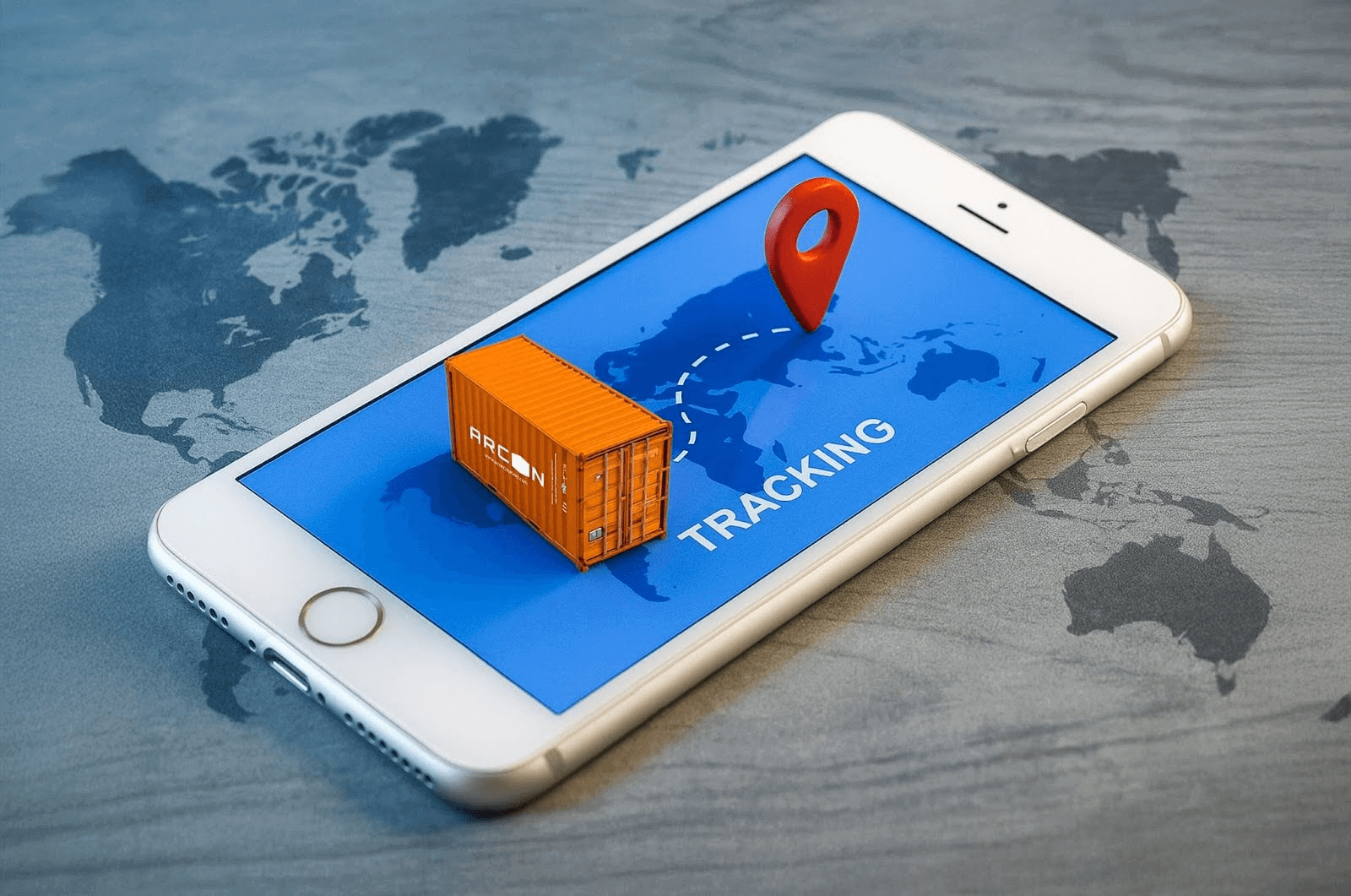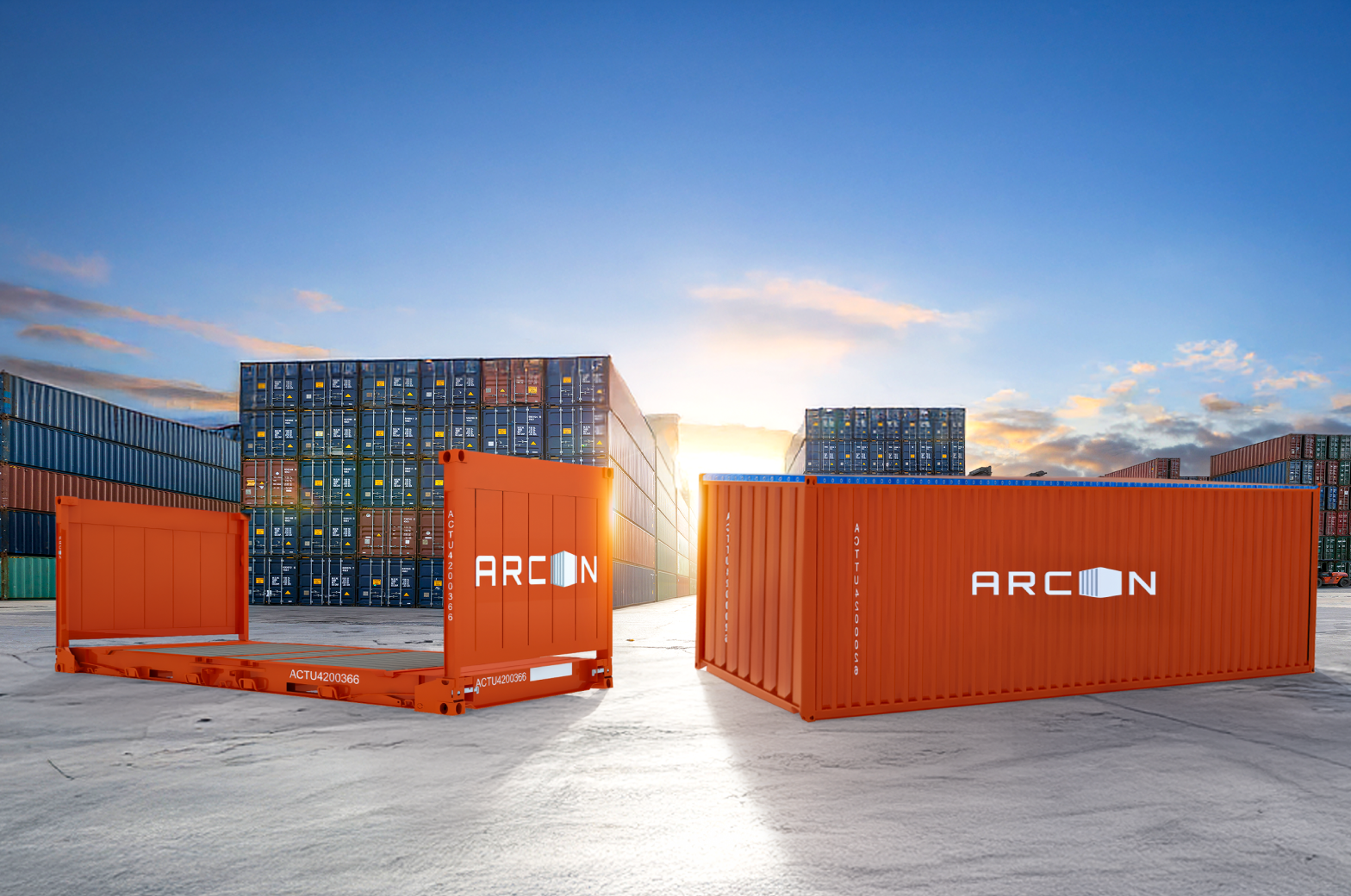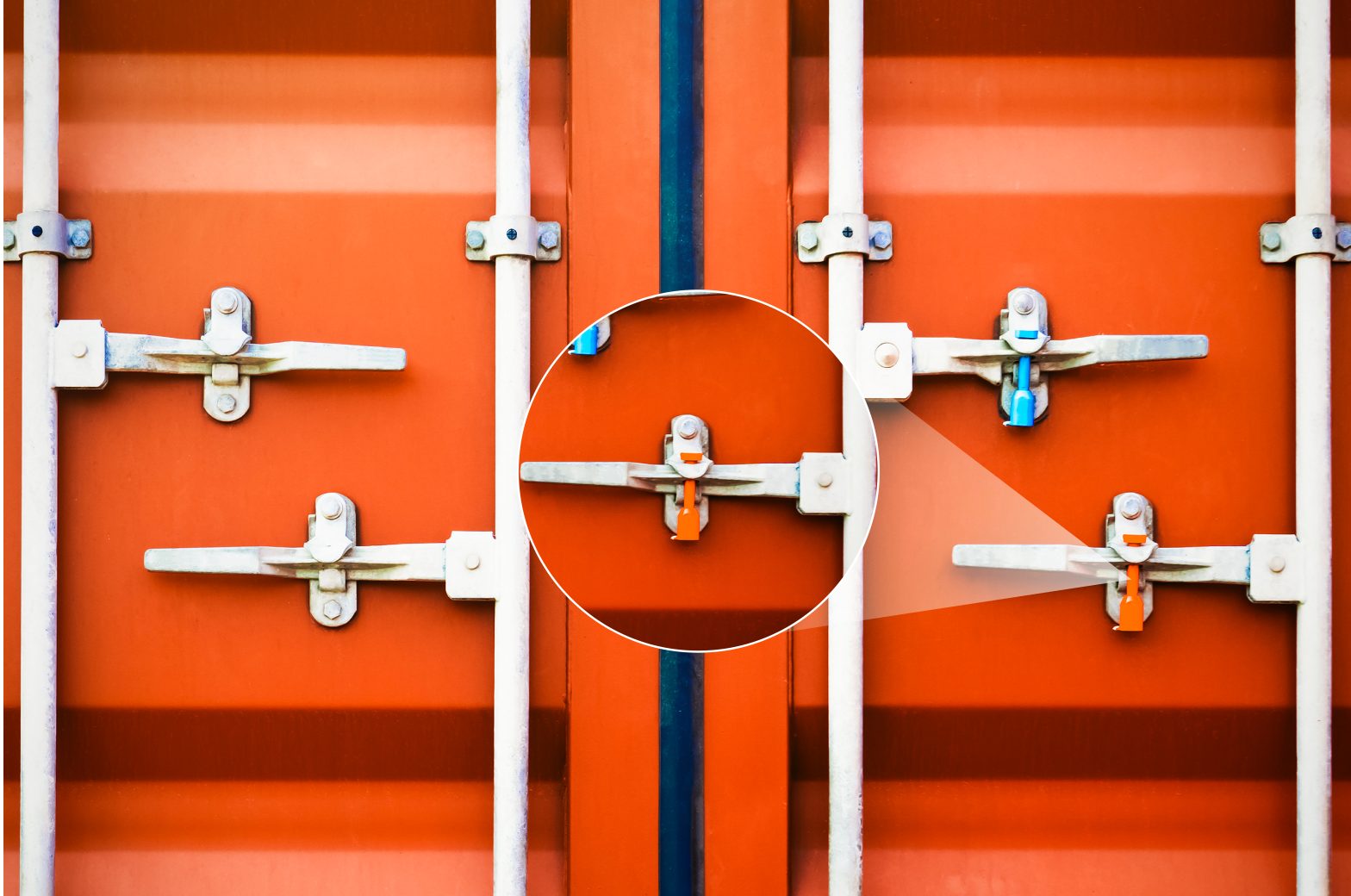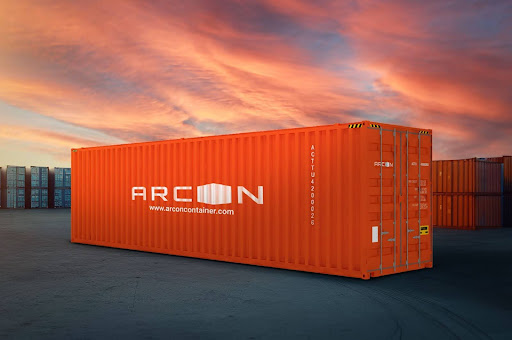Shipping containers power global trade. From electronics to everyday essentials, most products we use have travelled across borders in one. But once they’re in transit, knowing where they are and what’s happening to them becomes critical.
That’s why shipping container tracking has moved from a convenience to a necessity. With the right tools, businesses gain real-time visibility, reduce delays, and keep their supply chains running smoothly.
In this blog, we explore how containers are tracked, what technologies make it possible, and why accurate tracking is now essential in global logistics.
How Shipping Container Tracking Works
Every shipping container has a unique ID, usually made up of letters and numbers. Think of it like a digital fingerprint. This ID is used throughout the journey to scan, update, and report the container’s location and status.
As a container moves through ports, customs, vessels, and delivery trucks, its movements are captured and fed into tracking platforms. These platforms then display updates on a dashboard, often in real time.
For companies managing hundreds or even thousands of containers, this visibility is a game-changer.
Methods Used to Trace Your Shipment

Several tools work together to provide live updates. Here are the most commonly used methods for shipping container location tracking.
GPS Tracking
GPS is the most direct method. Devices fitted on or inside the container send signals that track exact locations. This is especially useful for containers on trucks or trains, or when precise positioning is needed.
AIS (Automatic Identification System)
AIS is used to track ships rather than individual containers. Every commercial vessel transmits data about its location, speed, and direction. If you know which ship your container is on, AIS helps you follow its voyage across the sea.
Smart Containers and IoT Sensors
Some containers come fitted with smart devices. These go beyond location and monitor conditions like temperature, humidity, and shock. For sensitive goods such as pharmaceuticals or electronics, this technology is essential.
Smart containers transmit data through cellular or satellite networks and allow logistics teams to respond quickly if anything goes wrong in transit.
RFID and Barcode Scanning
At ports and warehouses, containers are scanned using RFID tags or barcodes. This helps log movements when a container enters or exits a checkpoint. While this does not give real-time updates, it builds a reliable movement history.
Satellite and Cellular Communication
For containers travelling through remote areas or over oceans, satellite and mobile networks help transmit tracking data. These connections ensure updates are continuous, even when GPS or local scanners are unavailable.
What You Need to Track a Container
- The container number
- Bill of Lading (BoL)
- Booking reference
- Vessel name or voyage number
Once entered into a tracking system, the information provides live updates on the container’s journey.
Common Tracking Statuses and What They Mean
- In Transit: The container is moving between points, whether at sea or on land
- Arrived at Port: The container has reached the destination port and is ready for the next step
- On Hold: There is a delay, possibly due to customs, congestion, or paperwork
- Delivered: The container has reached its final destination
- Exception: An issue has occurred, such as a missed connection or equipment problem
Understanding these updates allows businesses to plan better and communicate clearly with customers.
Why Real-Time Tracking Matters
Without tracking, you are left guessing. With it, you are in control.
Real-time shipping container location tracking helps businesses:
- Predict delays and avoid disruptions
- Manage inventory more accurately
- Keep customers informed with timely updates
- Reduce costs related to storage or detention
- Improve coordination across transport modes
It also gives logistics teams the ability to act fast if something goes off track.
Challenges to Container Tracking
Despite the tech, there are still limitations.
- Remote areas may have limited network access
- Not all carriers use the same systems, making tracking inconsistent
- Advanced tracking solutions can be costly, especially for smaller businesses
- Data security must be handled carefully as more logistics move online
Progress is being made, but the global nature of shipping means that full standardisation is still a work in progress.
What’s Ahead for Container Tracking
Container tracking is evolving fast. Here is what the future looks like:
- Artificial intelligence will help predict delays before they happen
- Blockchain may offer secure and tamper-proof tracking records
- 5G networks will support faster and more reliable IoT connectivity
- Drones and satellite imaging may provide live visuals of shipping yards and remote areas
- Universal tracking platforms may integrate data across all carriers and regions
All these advances will give businesses more control and more insight than ever before.
Conclusion
When you’re shipping goods across the country or around the world, knowing where your shipping containers are is key to staying on schedule and in control. Shipping container tracking gives you real-time visibility, helping you reduce delays, respond to disruptions, and keep your operations running smoothly.
But while tracking technology keeps you informed, it’s the container itself that keeps your cargo protected. That’s where the right build, design, and durability matter most.
At Arcon, we focus on delivering containers that are made to perform, whether you need standard sizes or custom-built solutions for specialised use. Because even in an increasingly connected world, reliable containers are the foundation of reliable logistics.







